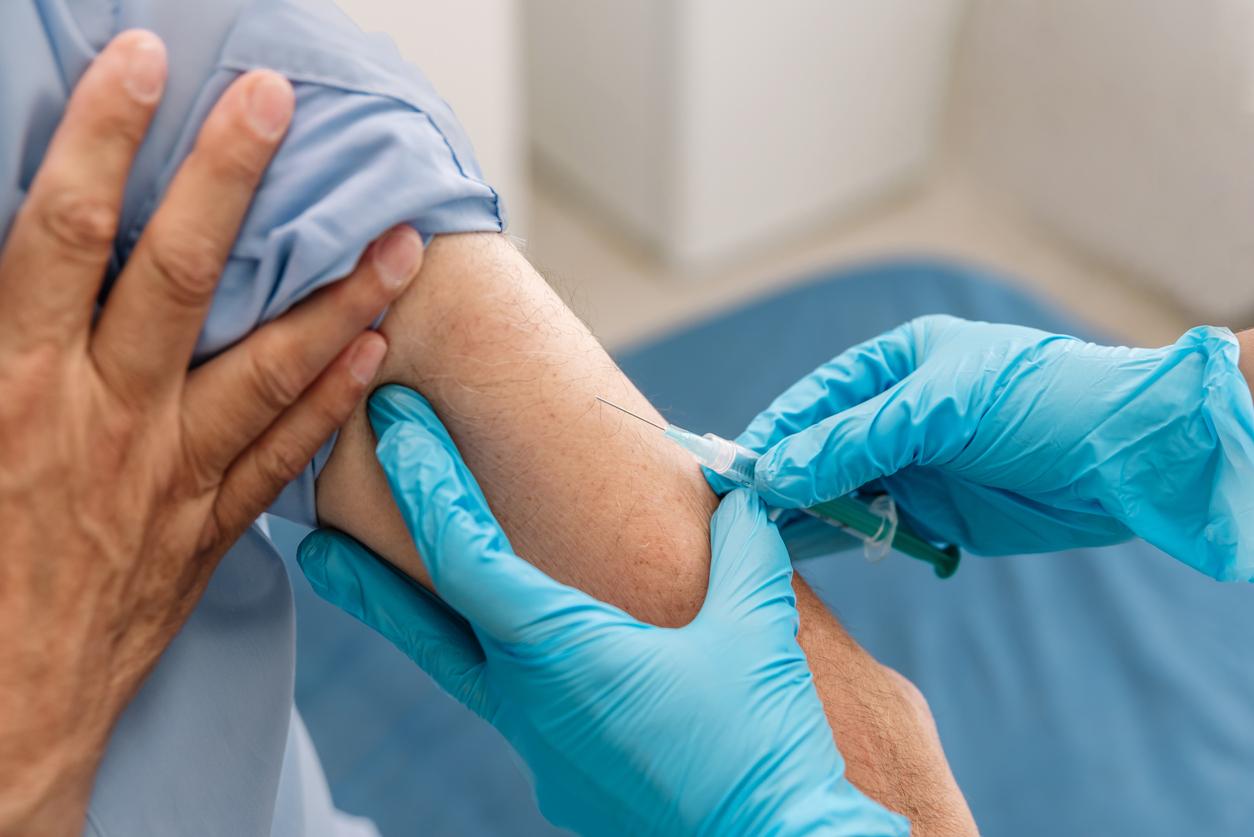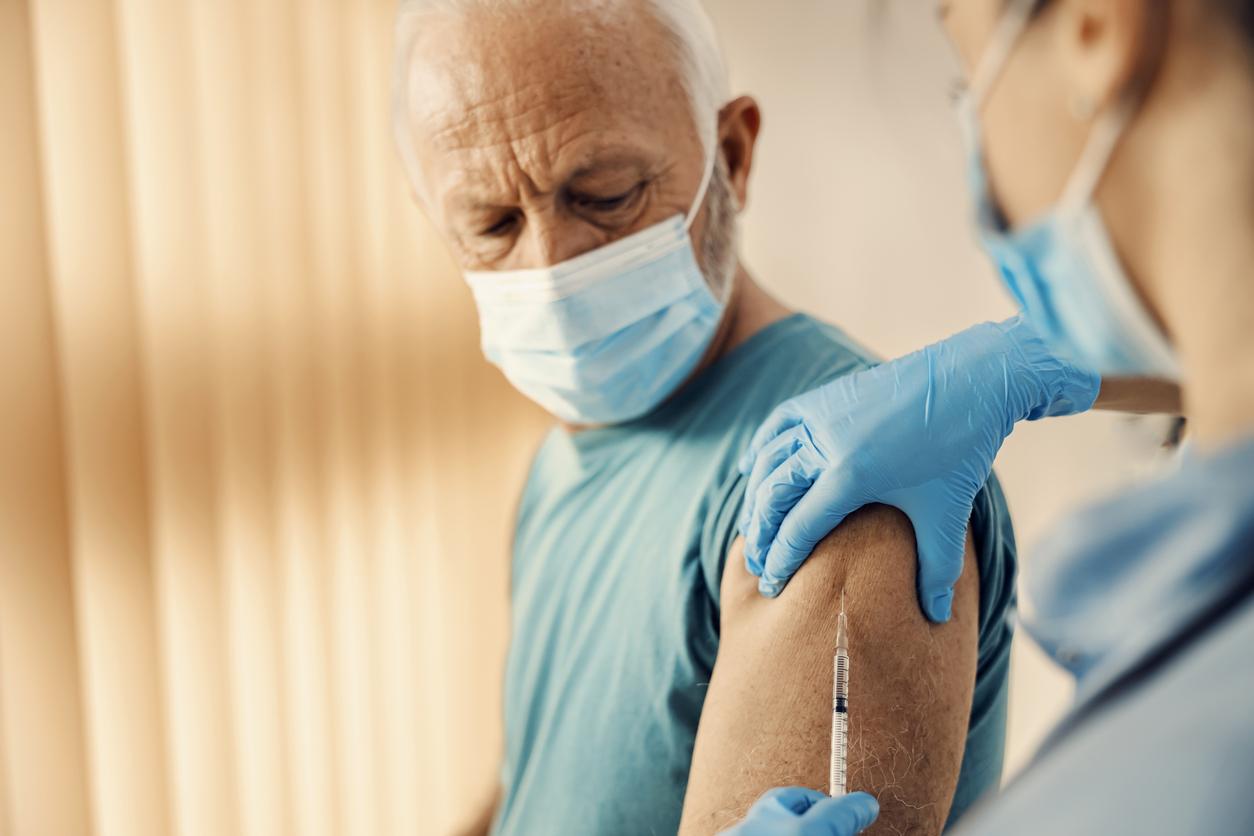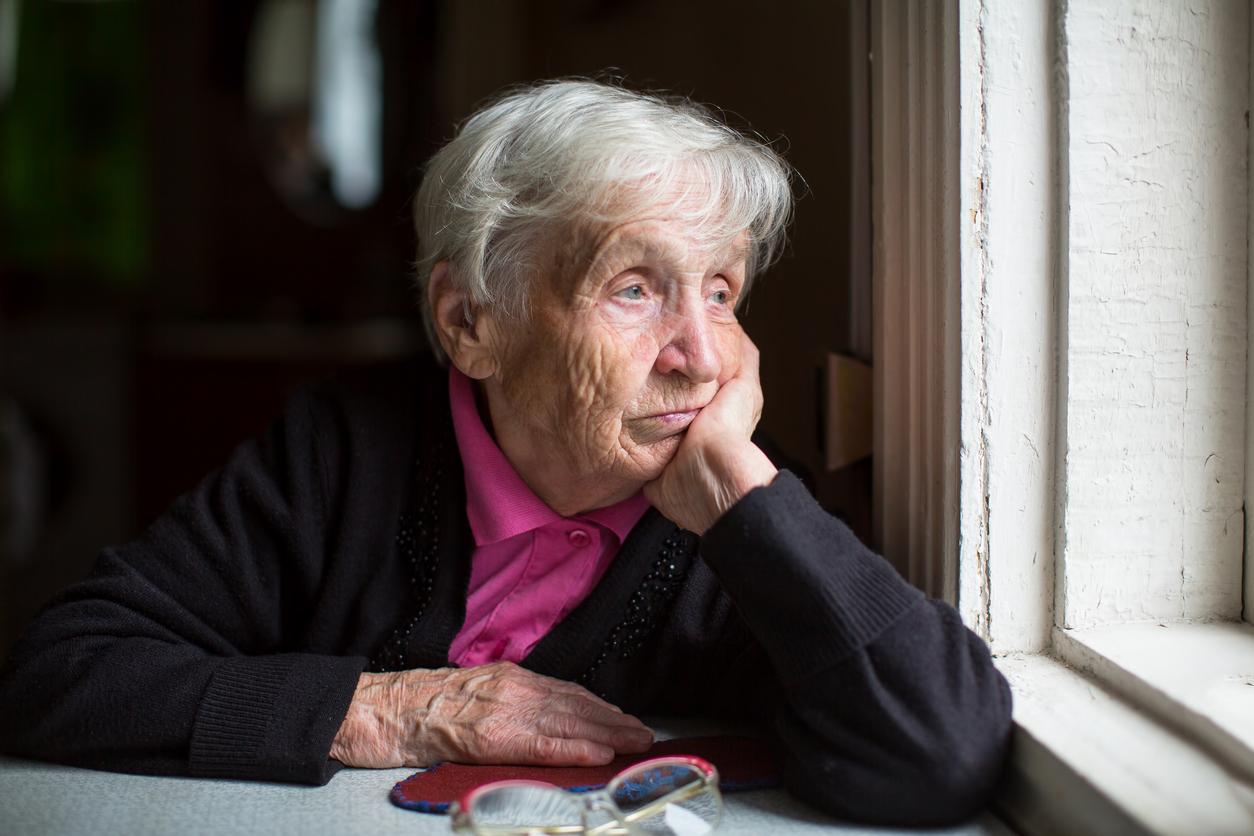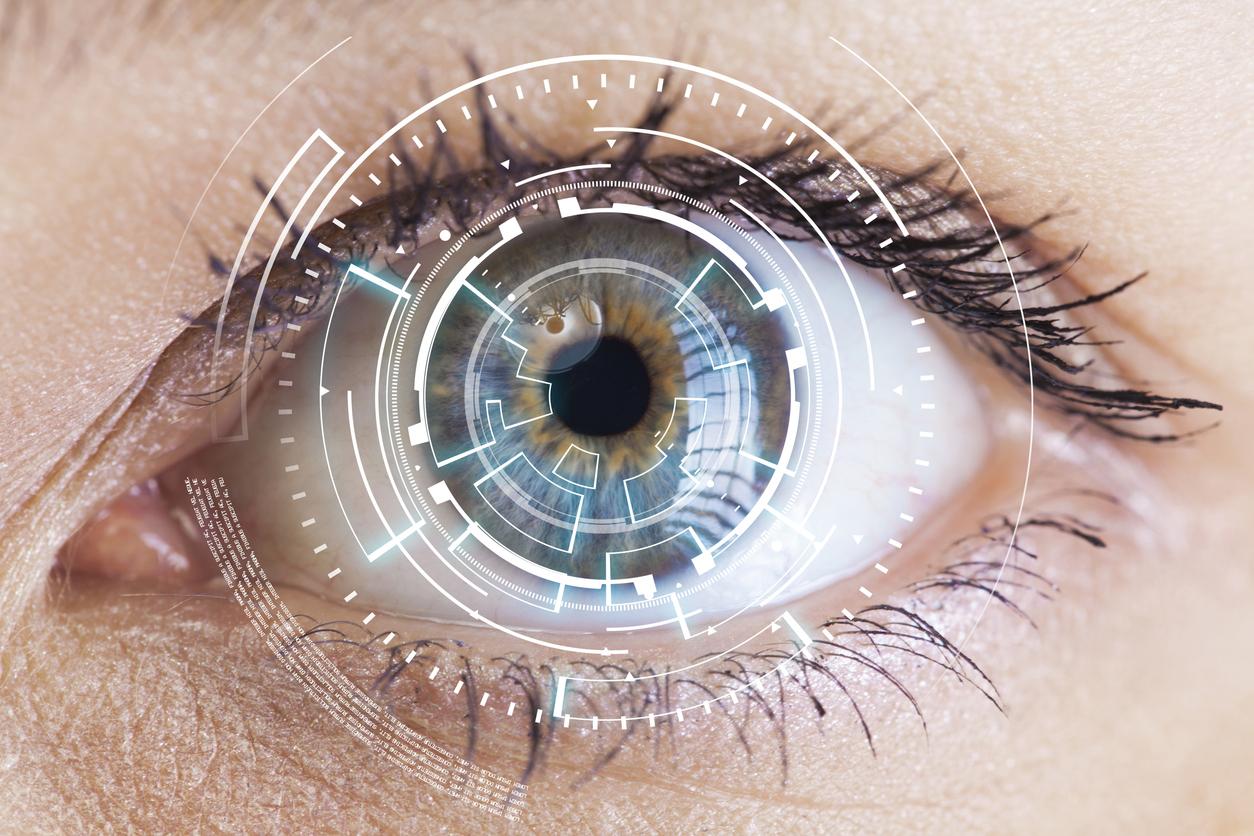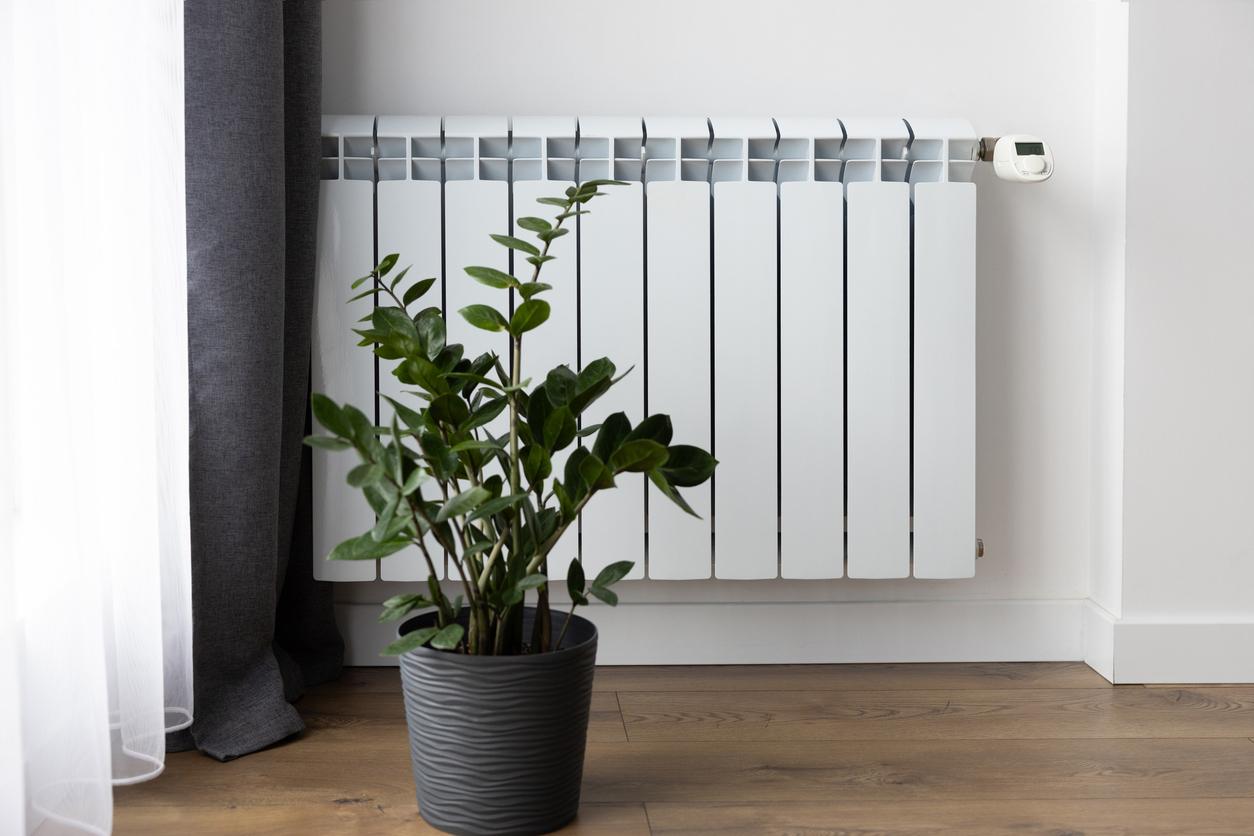A team of researchers offers a simplified test to better assess the risk of falling in the elderly: maintaining balance in two standing positions for a few tens of seconds.

- Falls are a major threat to the autonomy of seniors. A Brazilian study offers a simplified test to better assess the risk of falling: maintain two positions (tandem and unipodal) for 30 seconds.
- Each additional second reduces the risk of a fall by 5 % within six months of the evaluation. The team recommends establishing a minimum 23 second threshold for the balance test.
- Systematically integrate these balance tests during medical consultations could improve screening and preserve the autonomy of the elderly at risk.
Falls represent a major risk in the life of many seniors. One day, they are independent, the next day, they find themselves alit. Even if they do not cause serious injury, such as a fracture or a head trauma, falls generally lead to reduced mobility and, therefore, a loss of independence. Faced with this public health problem, a new study published in the journal BMC Gériatrics offers a simplified and more predictive screening method of the risk of falling.
A better prediction of the falls
According to the World Health Organization (WHO), falls are the second cause of injury death in people 65 and over. It is therefore recommended to test the balance and mobility of seniors each year. The current method, which consists in maintaining four positions for 10 seconds, however appears “Insufficient” now to detect the most subtle risks.
In search of solutions, researchers from the University of São Paulo, Brazil, therefore carried out a study on 153 volunteers aged 60 to 89 years. They offer a more effective approach: limit the two -position test – tandem (standing with one foot in front of the other) and unipodal (standing on one foot) – while extending the duration at 30 seconds for each.
The results show that “Each additional second maintained in the tandem or unipodal position reduces the risk of falling within the following six months”, 5 %, 5 %, “ Can we read in a press release. The more prolonged it is, the more the test becomes an efficient predictive tool, specify the researchers.

A screening of balance disorders in 23 seconds
In detail, the analysis revealed that the participants who fell within six months of the evaluation held an average of 10.4 seconds in the unipodal position and 17.5 seconds in tandem. In comparison, those who did not fall held 17.2 and 24.8 seconds respectively. The team thus recommends establishing a minimum 23 seconds threshold for the balance test, in order to better detect seniors at risk.
The study also tested a force platform measuring bodily oscillations, an effective, although expensive tool. But the researchers confirmed that the duration of maintaining tandem and unipodal positions is enough to provide falls, stressing that this type of simple test could be integrated into routine medical consultations, without the need for specialized equipment. The objective is to encourage systematic and rapid screening of balance disorders, in order to anticipate falls and preserve the autonomy of the elderly.









